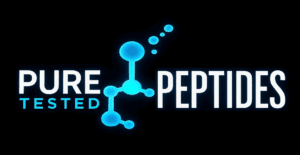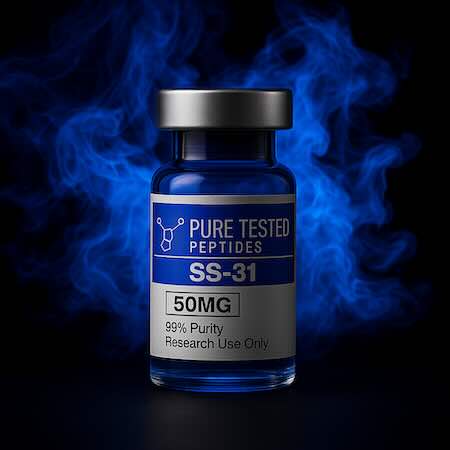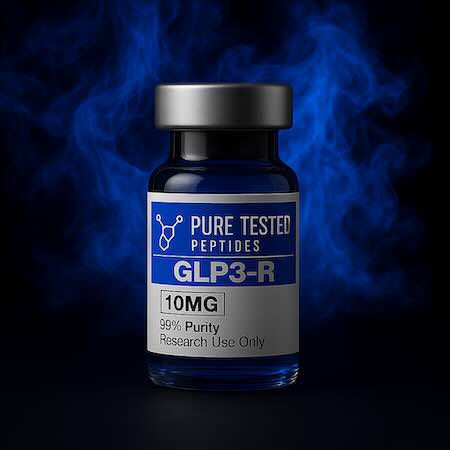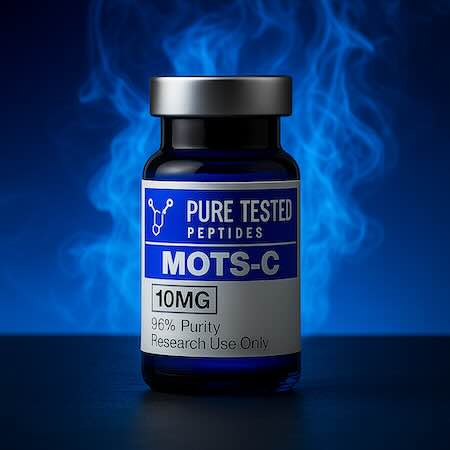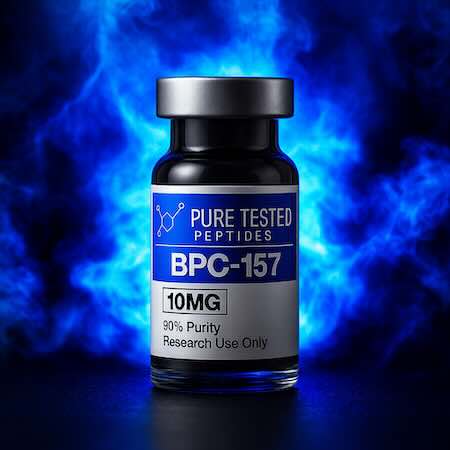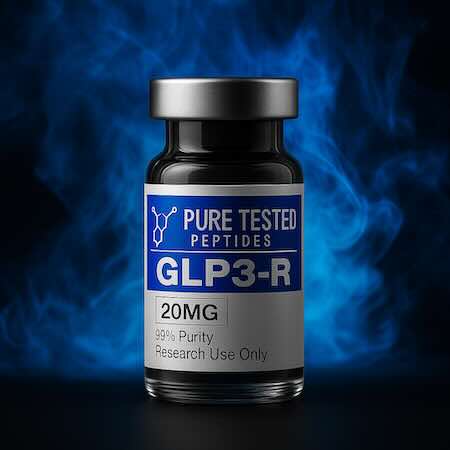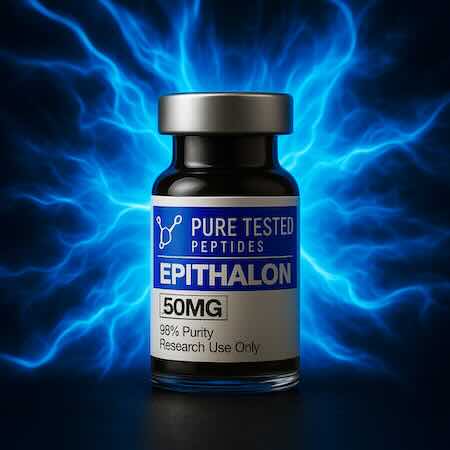Longevity Peptide Research
Important laboratory notice: The compounds mentioned on this page are supplied strictly for laboratory research and in‑vitro investigation. They are not foods, drugs, or dietary supplements, and they are not intended for human consumption. Follow all applicable laws, safety guidelines, and institutional review procedures.
Interest in healthspan—the length of time we live free from serious disease—has pushed longevity science to the forefront of modern biomedicine. Among the many research tools used to interrogate aging pathways, peptides have become especially valuable. These short amino‑acid chains can be designed to engage receptors, bias signaling, and model the body’s own messenger molecules with a degree of precision that is difficult to achieve with broader agents. Below you’ll find a practical, lab‑oriented overview of widely discussed peptides in the longevity research conversation, grouped by the hallmarks of aging they are often used to explore.
Why peptides matter in longevity research
- Targeted signaling: Peptides are sequence‑defined, so they can be tuned toward specific receptors or pathways including AMPK, mTOR, BDNF, or immune checkpoints.
- Fast, reversible effects: Many peptides mimic endogenous hormones or neuropeptides, enabling pulse‑style or short‑window experiments that reveal cause‑and‑effect with clarity.
- Coverage of multiple hallmarks of aging: With the right panel of tools, labs can study mitochondrial efficiency, genomic maintenance, proteostasis, extracellular‑matrix integrity, immune tone, and neuronal plasticity.
Mitochondrial & Metabolic Peptides
MOTS‑C is encoded in mitochondrial DNA and has become a centerpiece compound in metabolic and stress‑response studies. Preclinical work suggests interactions with AMPK and exercise‑like signaling cascades—useful when probing resilience under nutrient stress or during investigations of insulin sensitivity and fatigue resistance. Product page: MOTS‑C.
5‑Amino‑1MQ is frequently used when exploring the role of NNMT (nicotinamide N‑methyltransferase) in NAD+ balance, methyl‑donor utilization, adiposity, and cellular redox status. Because methylation and NAD+ recycling intersect with multiple aging hallmarks, 5‑Amino‑1MQ helps researchers map those cross‑roads. Product page: 5‑Amino‑1MQ.
GHK‑Cu, a copper‑binding tripeptide, appears throughout literature on tissue remodeling, dermal biology, and youthful gene‑expression signatures. In healthspan studies, it is often leveraged to observe extracellular‑matrix (ECM) maintenance, antioxidant tone, and wound‑environment dynamics that support structural integrity with age. Product page: GHK‑Cu.
GH/IGF Axis, Recovery, & Tissue Support
Although “longevity” and “growth signaling” are not synonyms, the pulsatile study of growth‑hormone dynamics is relevant to sleep, recovery, and body‑composition research. Two widely discussed tools for pulse‑style experiments are the GHRH analog CJC‑1295 and the ghrelin‑receptor agonist Ipamorelin. The combination lets investigators study amplitude and frequency of GH signaling while observing downstream markers such as IGF‑1, collagen synthesis, and sleep architecture. Product pages: CJC‑1295 and Ipamorelin.
BPC‑157 and TB‑500 (a Thymosin‑β4 fragment) are frequently used to explore soft‑tissue ecology: angiogenesis markers, tendon and ligament support, and recovery from high‑load or repetitive‑stress models. While they are not “anti‑aging drugs,” mobility and injury resilience are core healthspan variables; these compounds let labs quantify those factors. Product pages: BPC‑157 and TB‑500.
Neurocognitive & Stress‑Response Peptides
Dihexa is discussed in the context of synaptogenesis and learning proxies in preclinical settings. Because cognitive vitality sits at the center of aging quality, tools that interrogate synaptic density and plasticity are highly relevant. Product page: Dihexa.
Selank are short neuropeptides frequently used to examine attention, stress adaptation, and BDNF‑related signaling. Within healthy aging paradigms, investigators assess how tuning the stress response may protect long‑term cognitive function. Product page and Selank.
Thymic & Immune Architecture
Immunosenescence—the gradual dysfunction of the immune system with age—is a defining hallmark of biological aging. Thymic‑inspired peptides are used to investigate T‑cell maturation, innate immunity, and inflammatory set‑points. While TB‑500 (above) is often positioned around tissue repair, it also touches immune tone and cell‑migration questions, which are inseparable from healthy recovery and resilience.
Cellular Housekeeping & Barrier Integrity
KPV (Lys‑Pro‑Val) is a tripeptide investigated in models of barrier function, epithelial calm, and inflammatory balance—particularly interesting where “inflammaging” intersects with skin and gut biology. Product page: KPV.
Epitalon is a synthetic tetrapeptide frequently referenced in the longevity conversation for its historical telomere‑related hypotheses and potential circadian implications. Debate continues, but it remains a starting point for experiments focused on genomic maintenance and rhythmicity. Product page: Epitalon.
Designing a Longevity‑Oriented Research Stack
- Define measurable endpoints. Choose outputs tied to aging hallmarks: mitochondrial oxygen‑consumption rate, inflammatory cytokine panels, ECM markers, sleep metrics, or cognitive proxies.
- Map mechanisms to endpoints. For mitochondrial efficiency, consider MOTS‑C. For ECM and tissue remodeling, examine GHK‑Cu, BPC‑157, and TB‑500. For stress resilience and attention, evaluate and Selank. For pulse‑driven endocrine questions, outline CJC‑1295 + Ipamorelin experiments.
- Control confounders. Sleep, photoperiod, feeding windows, ambient temperature, and training status can all shift results. Standardize what you can.
- Periodize. Many systems adapt to phasic inputs. Use time‑structured designs (on/off blocks, washout windows, pulse timing) for cleaner signal‑to‑noise.
- Track leading indicators. Pair endpoint assays with weekly markers such as HRV, actigraphy, validated behavioral tests, and standardized PROMs to catch drift early.
Putting It All Together
Longevity is best understood as a systems problem. No single compound can “reverse” aging; instead, the most informative research blends mitochondrial efficiency, genomic maintenance, ECM integrity, immune balance, and brain health into a coordinated program. Peptides offer modular, targeted ways to interrogate each layer. For example, a term‑based protocol might explore MOTS‑C for metabolic resilience; stack 5‑Amino‑1MQ to probe NAD+ and methylation flux; add GHK‑Cu for ECM‑related gene signatures; and use CJC‑1295 with Ipamorelin to study pulse‑driven endocrine questions in controlled windows.
Robust longevity research also pairs interventions with layered measurement—mitochondrial assays, cytokine panels, transcriptomics for ECM remodeling, validated cognitive batteries, and sleep architecture. With clean study design and high‑purity materials, investigators can generate data that clarifies which mechanisms matter most for durable healthspan.
For laboratory research only. Not for human consumption.
